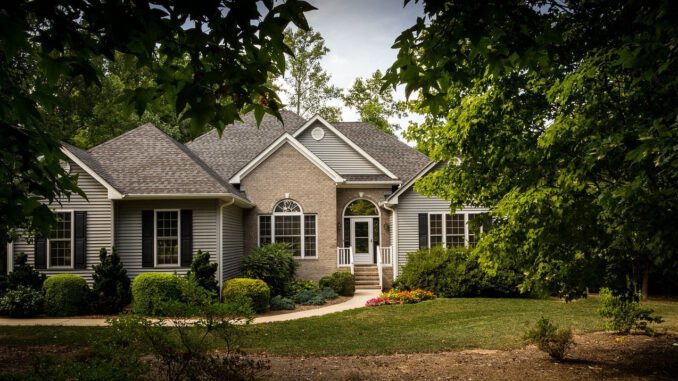
Last year, a larger number of Germans moved to a less densely populated area than moved from a rural area to a more densely populated one. A clear trend can also be seen in terms of living space, as shown in a new infographic from Block-Builders.de: while the per capita average in 1995 was only 36m², by the end of 2020 it had already reached 47m².
12.3% of the people who moved home in Germany (2020) settled in a less densely populated area, whereas 10.4% chose a more densely populated region. Even though the majority moved home within the same area, it demonstrates once again that rural living is becoming an attractive alternative for a growing number of people.
As the infographic shows, however, Germans are real polluters when it comes to housing: Belgium is the only country with an even worse record in terms of CO2 emissions per capita. The carbon footprint from Germany’s housing sector is significantly higher than European and global averages.
The way we build and live has an impact on global warming. The real estate sector accounts for 38% of global CO2 emissions.
Real estate is also gaining prominence as a financial investment, especially in times of low interest rates. Average returns are quite respectable: 14% of landlords generate a net yield of over 8%.
Shareholders in real estate companies have also recently had good reason for celebration: for example, the price of shares in Deutsche Wohnen climbed by 26.5% over the course of the year, whereas the DAX rose by just 23.2%. The stock market value of Vonovia also increased, although the gain here was smaller.
Picture from JamesDeMers on Pixabay
Leave a Reply